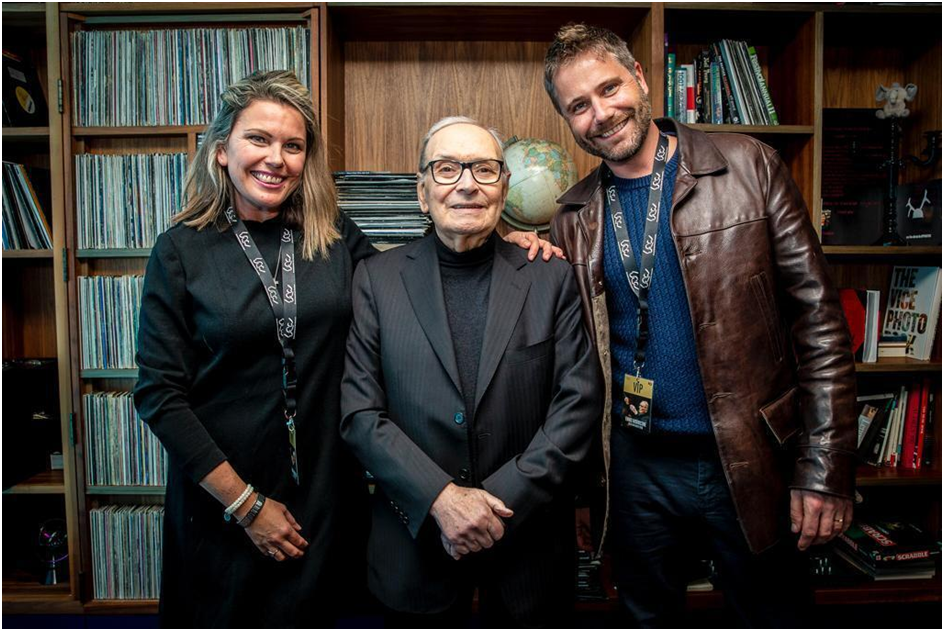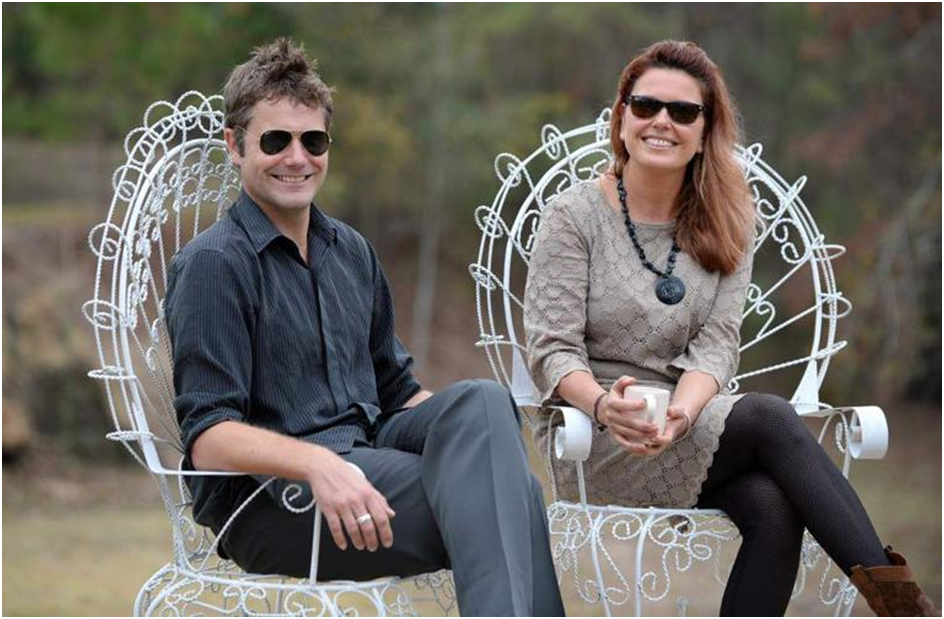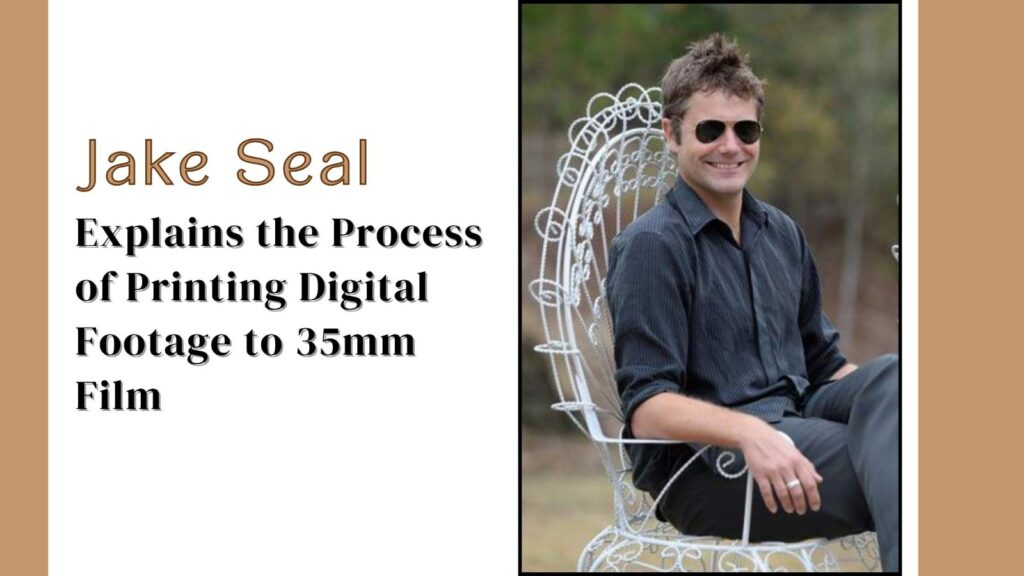In the world of filmmaking, innovation is key—but sometimes, looking back can be just as exciting as moving forward. Jake Seal, a visionary film producer known for his cinematic expertise, recently shared insights into a fascinating process: printing digital footage to 35mm film. This technique bridges the modern digital workflow with the classic, timeless quality of film, offering filmmakers a unique creative tool.

Why Print Digital Footage to 35mm Film?
Digital filmmaking offers incredible flexibility and efficiency, but 35mm film provides a texture, grain, and warmth that digital alone often cannot replicate. According to Jake Seal, the process of transferring digital footage to 35mm is not just a technical procedure—it’s an art form. Filmmakers are increasingly turning to this method to give their projects a cinematic depth that audiences instinctively notice.
“Printing digital footage to 35mm film is about more than nostalgia,” Jake explains. “It’s about enhancing the visual storytelling in a way that feels organic, tactile, and timeless.”
The Step-by-Step Process
1. Preparing the Digital Files
The first step involves careful preparation of the digital footage. This includes color grading and ensuring the resolution is optimal for film transfer. Jake emphasizes the importance of precision: “Every pixel counts. If the digital file isn’t perfect, the final film print won’t be either.”
2. Transferring to Film
Next, the digital footage is transferred to film through a laser film recorder. This device exposes the images frame by frame onto 35mm film stock. The result is a high-quality film print that maintains the clarity of digital footage while adding the unique qualities of film grain and depth.
3. Developing the Film
Once the footage is on the film stock, it goes through the traditional chemical development process. This step brings out the colors, contrasts, and textures that make 35mm film visually striking. Jake Seal points out that this stage is critical: “It’s where the digital and analog worlds truly merge, creating something visually unforgettable.”
4. Quality Control and Final Touches
After development, the film is carefully reviewed to ensure it meets the desired artistic and technical standards. Any final adjustments in color or exposure are applied before the film is ready for projection or archiving.

The Advantages for Filmmakers
Printing digital footage to 35mm film offers several benefits:
- Cinematic Aesthetic: The natural film grain and texture create a more immersive viewing experience.
- Archival Quality: 35mm film is durable and can be stored for decades, preserving the director’s vision.
- Creative Flexibility: Filmmakers can mix digital and analog techniques to achieve a signature look.
Jake Seal emphasizes that this process is not just for big-budget productions. Independent filmmakers and creative studios can also use it to elevate their projects, providing a distinctive edge in a crowded market.

A Growing Trend in Modern Filmmaking
While digital filmmaking dominates the industry, there is a growing trend of integrating film elements into digital workflows. Many directors, inspired by the classics, are choosing to print select scenes on 35mm to capture the emotional resonance that only film can provide. Jake Seal believes this hybrid approach represents the best of both worlds: “It allows modern filmmakers to retain the flexibility of digital while embracing the timeless magic of film.”
Conclusion
Printing digital footage to 35mm film is more than a technical process—it’s a creative journey that connects modern technology with traditional artistry. Jake Seal’s insights show that this technique is accessible, rewarding, and increasingly relevant in today’s filmmaking landscape. For filmmakers seeking to enhance the visual storytelling of their projects, embracing this method can be a game-changing decision.






